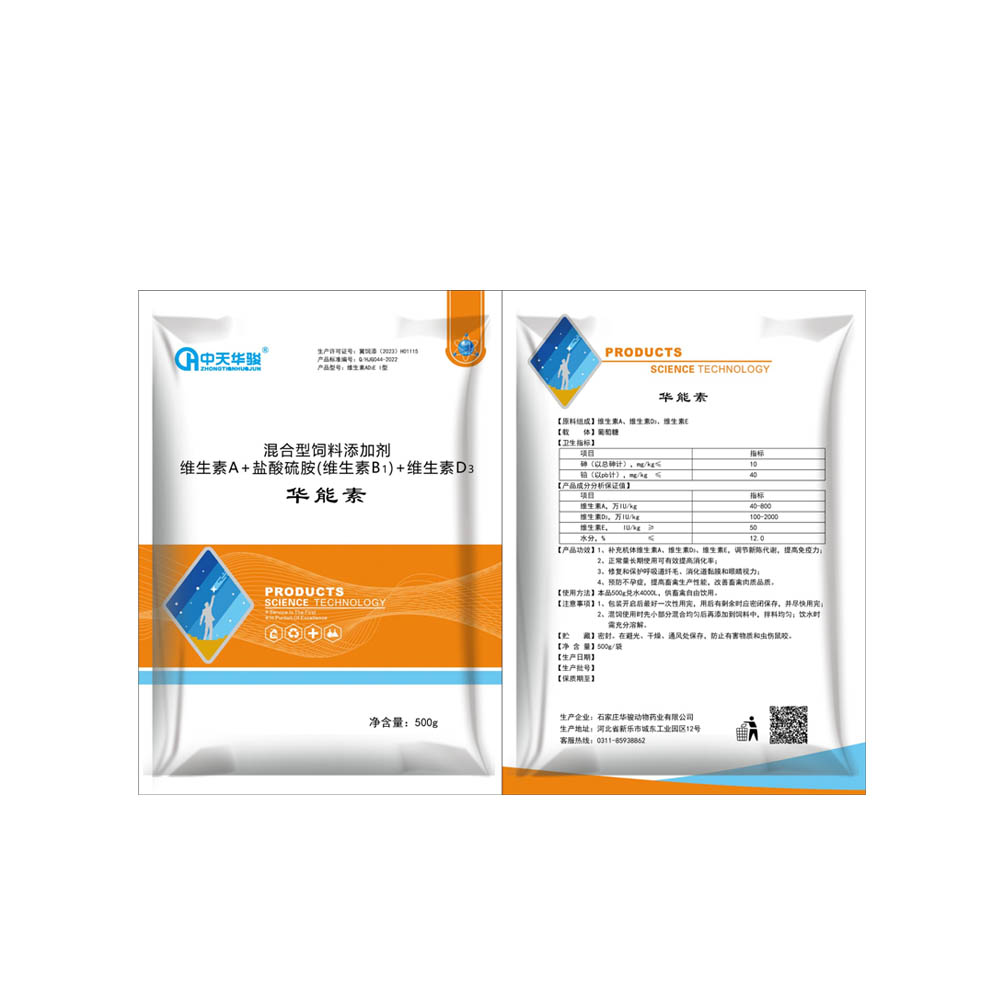
דצמ . 25, 2024 08:46 Back to list
Understanding Canine and Feline Parvovirus Prevention and Treatment Strategies
Understanding Canine and Feline Parvovirus A Comprehensive Guide
Parvovirus is a highly contagious viral infection that primarily affects dogs and, to a lesser extent, cats. Canine parvovirus (CPV) and feline parvovirus (FPV) are two distinct strains that present significant threats to the health of these beloved pets. Understanding the nature of these viruses, their transmission, symptoms, diagnosis, treatment, and prevention is crucial for every pet owner.
What is Parvovirus?
Parvoviruses are small, single-stranded DNA viruses. Canine parvovirus came into prominence during the late 1970s, rapidly spreading and causing high mortality rates in dogs, especially puppies. It targets rapidly dividing cells in the body, such as those in the intestines and bone marrow. Feline parvovirus, often referred to as feline panleukopenia virus, is similarly virulent in cats and can lead to severe health complications.
Transmission Routes
Both CPV and FPV are highly contagious and can survive in the environment for long periods, making them difficult to control. The primary mode of transmission is through direct contact with infected animals’ feces. This can occur in areas where infected animals have been, and the virus can be transferred via contaminated surfaces, objects, or even by humans inadvertently carrying the virus on their shoes or clothing. In addition, the viruses can be transmitted from a mother to her offspring, especially during pregnancy.
Symptoms to Watch For
In dogs, symptoms of canine parvovirus often manifest 3 to 14 days post-exposure. Common signs include
- Severe vomiting - Profuse diarrhea, often bloody - Lethargy - Loss of appetite - Fever
Puppies are particularly susceptible, and without swift veterinary intervention, CPV can lead to dehydration and death within days.
Feline parvovirus, on the other hand, presents slightly different symptoms, including
- Sudden onset of fever - Severe lethargy - Vomiting - Diarrhea, often causing severe dehydration - Loss of appetite
custom canine and feline parvovirus

Young kittens are at the highest risk of mortality, particularly if they are unvaccinated.
Diagnosis and Treatment
Veterinarians diagnose parvovirus infections through a combination of clinical signs and laboratory tests. For dogs, a fecal test can confirm the presence of CPV. In cats, blood tests may reveal low white blood cell counts indicative of FPV.
Treatment for parvovirus relies primarily on supportive care, as there are no specific antiviral medications. This includes
- Intravenous fluids to combat dehydration - Antibiotics to prevent secondary bacterial infections - Anti-nausea medications to manage vomiting - Nutritional support
Early detection and prompt treatment can significantly improve the chances of recovery.
Prevention
The best approach to combatting parvovirus is prevention, predominantly through vaccination. Puppies should receive a series of vaccinations starting at about 6 to 8 weeks of age, with boosters every 3 to 4 weeks until they are around 16 to 20 weeks old. Adult dogs should receive periodic booster shots to maintain immunity.
For felines, similar vaccination protocols should be followed, emphasizing the importance of protecting them from infectious diseases.
Conclusion
As a dedicated pet owner, understanding the risks associated with canine and feline parvovirus is essential for safeguarding your pet’s health. Awareness of transmission routes, recognizing symptoms, and ensuring timely veterinary care can save lives. Prioritizing preventive measures like vaccinations will help keep your pets safe from these serious viral infections. Remember, the best defense against parvovirus is education, vigilance, and proactive healthcare, ensuring your furry friends enjoy long, healthy lives.
-
Quality Bacillus Coagulans BC30 Factory - Expert Production
NewsAug.02,2025
-
China Salivation AI with GPT-4 Turbo Features
NewsAug.01,2025
-
Epic Sepsis Factories: AI-Driven Detection with GPT-4 Turbo
NewsJul.31,2025
-
Acute Salpingitis and Oophoritis AI Factory
NewsJul.31,2025
-
Premium China Bacillus Subtilis Supplier & Factory Solutions
NewsJul.30,2025
-
Premium Avermectin Supplier in China | Custom Solutions Available
NewsJul.29,2025




